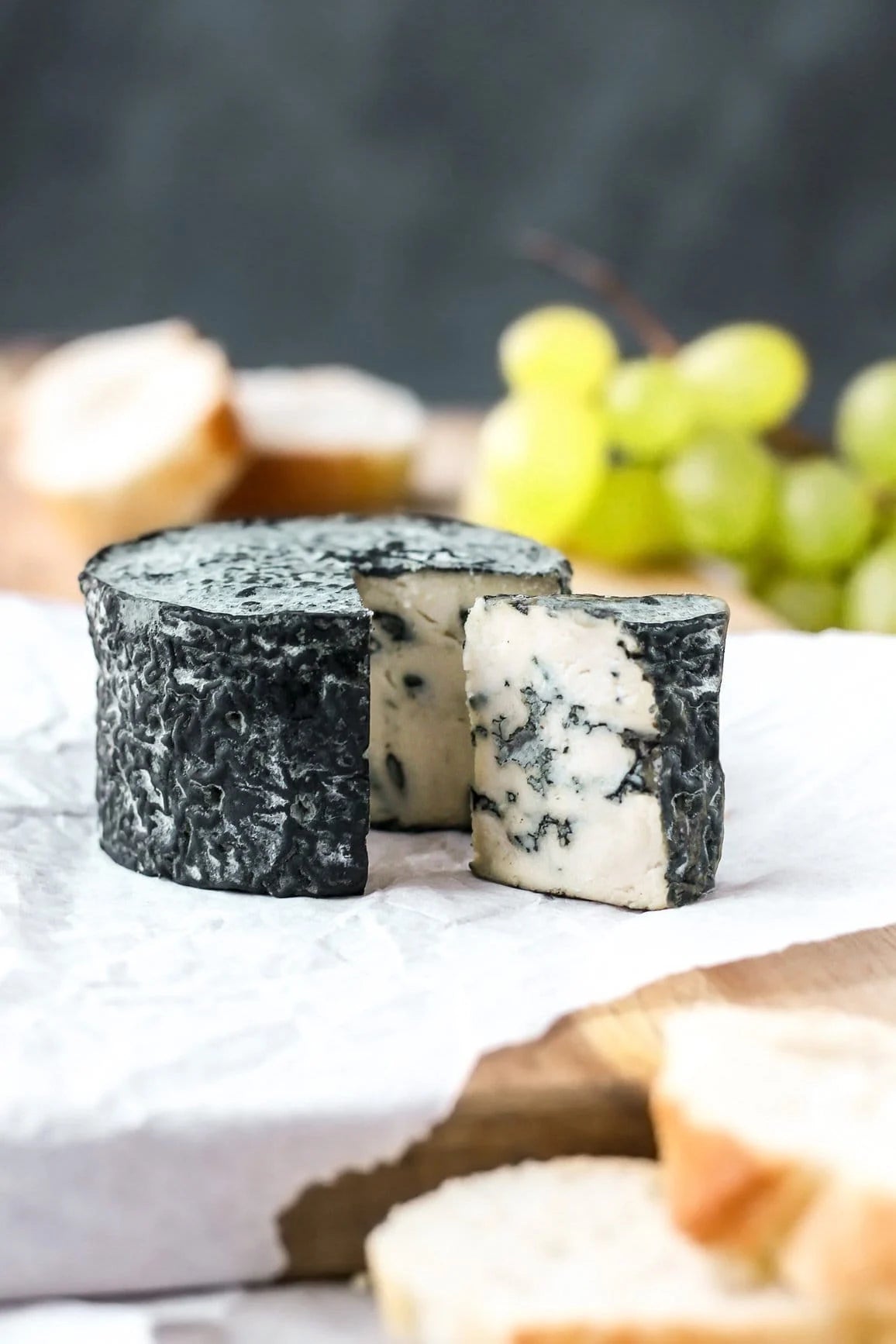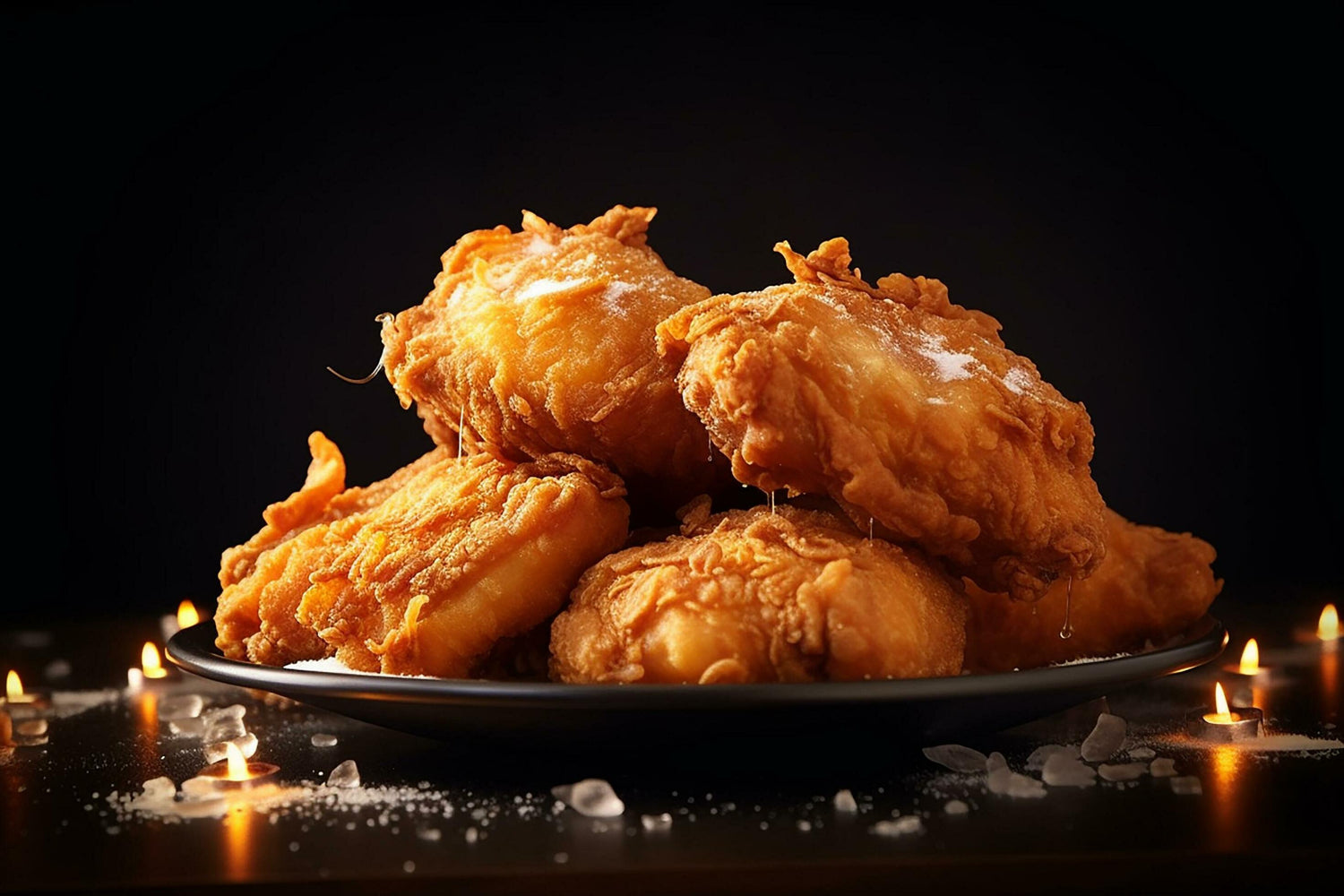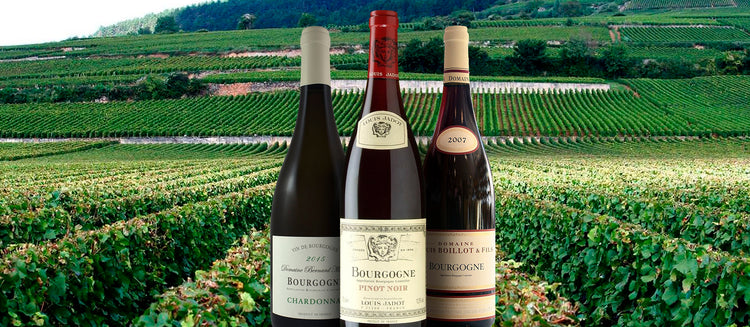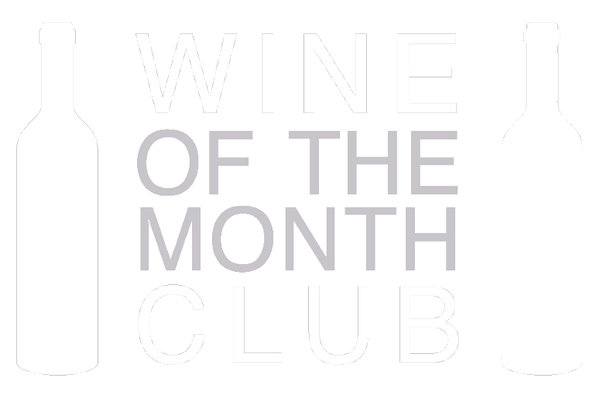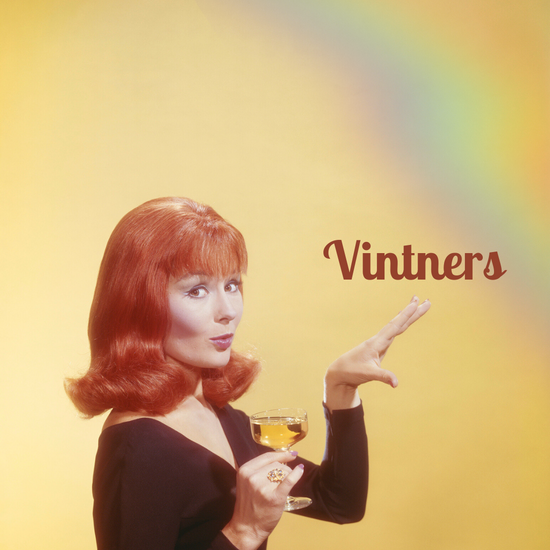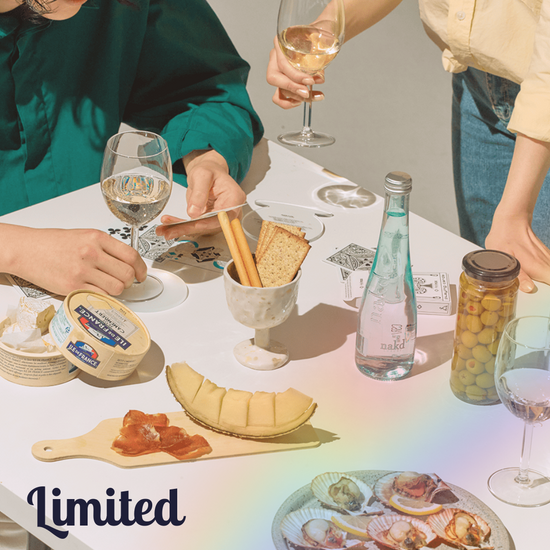
Champagne
Champagne is a sparkling wine produced exclusively in the Champagne region of France
All about Champagne
Appearance
- Color: Pale gold to deep yellow hue, with some variations leaning slightly towards a pinkish tone in rosé versions.
- Opacity: Clear with fine, persistent bubbles that enhance its sparkling appearance.
Aroma
- Primary Aromas: Citrus fruits like lemon and grapefruit, along with green apple and pear, are common primary aromas.
- Secondary Aromas: Toasted brioche, almond, and hazelnut notes often develop due to the wine’s aging on lees (dead yeast cells)..
- Tertiary Aromas: With further aging, Champagne can develop more complex aromas such as honey, dried fruits (like apricot and fig), and subtle hints of vanilla and mushroom.
Flavor Profile
- Fruit Flavors: Citrus (lemon, grapefruit), green apple, pear, and stone fruits such as peach.
- Other Flavors: Toast, brioche, almond, and hazelnut from extended lees aging; with additional aging, flavors can include honey, caramel, and sometimes hints of mushroom or truffle.
- Oak Influence:Minimal for most Champagnes; however, some prestige cuvées and specific styles may show light oak influences, adding notes of vanilla and spice.
Structure
- Body: Light to medium-bodied, offering a delicate and elegant mouthfeel.
- Tannins: Minimal, due to the nature of sparkling wine production.
- Acidity: High acidity, which is essential for its freshness and aging potential.
- Alcohol: Ranges from 12% to 12.5%
Join the club
Get this varietal often & more delivered to your doorstep when you join our wine club!
Classic Series Membership
Regular price
From $39
Regular price
Sale price
From $39
Unit price
/
per
Vintners Series Membership
Regular price
From $42
Regular price
Sale price
From $42
Unit price
/
per
Limited Series Membership
Regular price
From $52
Regular price
Sale price
From $52
Unit price
/
per
Pairings for Champagne


